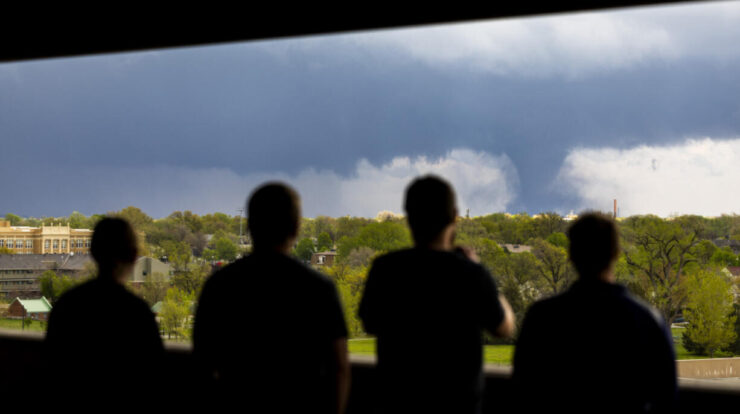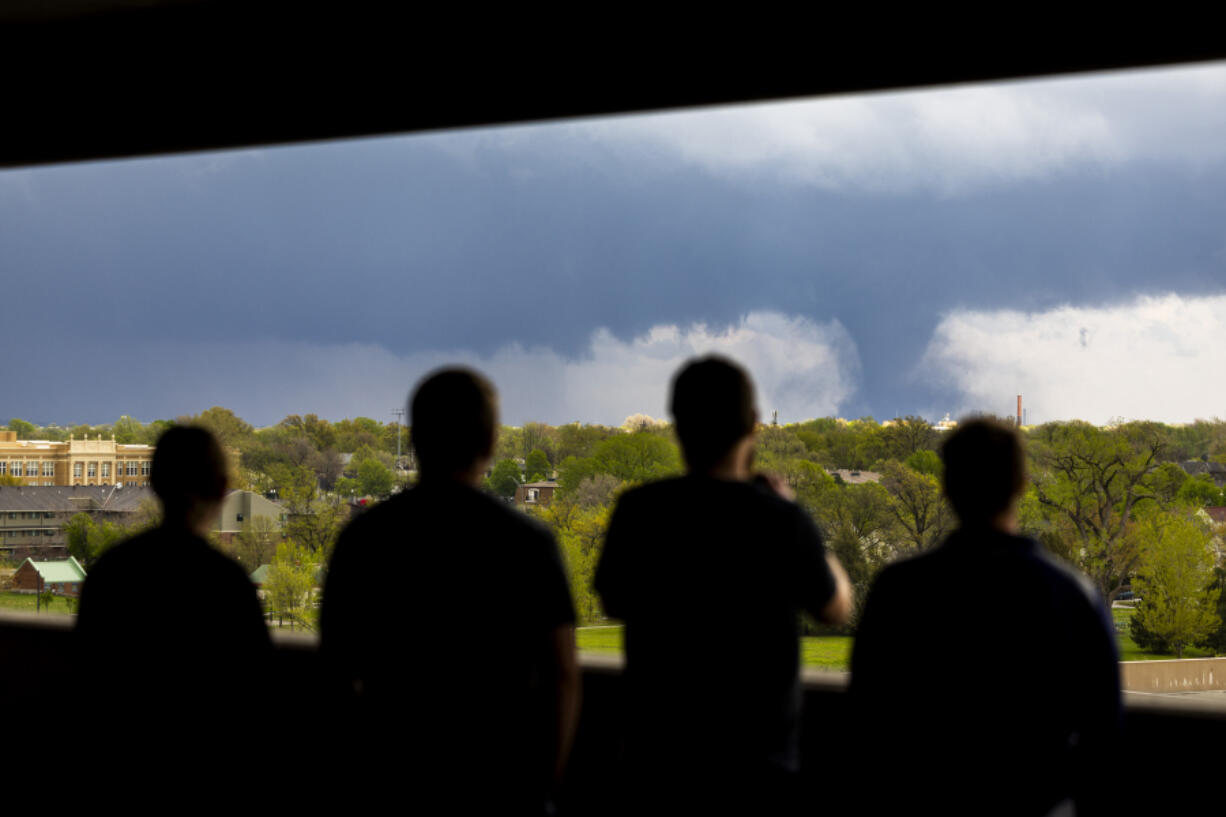
Nebraska Tornado News: A Comprehensive Overview of the State’s Tornado History, Forecasting, Preparedness, Response, and Recovery. As one of the most tornado-prone states in the United States, Nebraska faces a unique set of challenges and opportunities when it comes to these powerful storms.
This article provides a comprehensive overview of Nebraska tornado news, from the history of tornadoes in the state to the latest forecasting and warning systems, preparedness measures, and response and recovery efforts.
Understanding the risks and taking appropriate precautions are crucial for protecting lives and property during tornado season. This article aims to provide readers with the knowledge and resources they need to stay safe and informed in the face of these potentially devastating events.
Nebraska Tornado History: Nebraska Tornado News

Tornadoes are a common occurrence in the state of Nebraska, with an average of 50 to 60 tornadoes reported each year. The state has experienced some of the most powerful and destructive tornadoes in the nation’s history, including the Hallam tornado of 1980, which was an F4 tornado that killed 10 people and injured 65.
The geographic regions of Nebraska most prone to tornadoes are the eastern and central parts of the state, which lie within the Great Plains tornado alley. These areas experience frequent severe thunderstorms and are characterized by flat terrain and a lack of natural barriers to disrupt tornado formation.
Tornado Forecasting and Warning Systems

The National Weather Service (NWS) is responsible for forecasting and predicting tornadoes in Nebraska. Meteorologists use a variety of tools and techniques to identify and track developing storms, including radar, satellite imagery, and computer models.
When a tornado warning is issued, it is important to seek shelter immediately. Tornado warnings are typically issued by the NWS and are disseminated through a variety of channels, including television, radio, and mobile phone alerts.
Tornado Preparedness and Mitigation
Individuals and communities can take steps to prepare for tornadoes and mitigate their impact. Creating an emergency plan and establishing safe shelters are essential steps in tornado preparedness.
Tornado sirens are an important tool for warning communities of approaching tornadoes. However, it is important to remember that sirens are not always reliable and should not be relied upon as the sole source of tornado warning information.
Tornado Response and Recovery
After a tornado occurs, emergency responders, volunteers, and government agencies work together to provide immediate assistance to affected communities. This may include search and rescue operations, providing medical care, and distributing food and water.
The long-term recovery process after a tornado can be lengthy and complex. Rebuilding homes and businesses, providing financial assistance, and supporting the emotional well-being of survivors are all important aspects of the recovery process.
Epilogue
Nebraska’s tornado history serves as a reminder of the importance of preparedness and community resilience. By working together, individuals, communities, and government agencies can mitigate the risks associated with tornadoes and ensure the safety and well-being of all Nebraskans.
Essential FAQs
What is the average number of tornadoes that occur in Nebraska each year?
Nebraska experiences an average of 55 tornadoes per year, making it one of the most tornado-prone states in the United States.
What are the most common types of tornadoes in Nebraska?
The most common types of tornadoes in Nebraska are weak tornadoes (EF0-EF1), which account for about 75% of all tornadoes in the state.
What is the best way to stay safe during a tornado?
The best way to stay safe during a tornado is to seek shelter in a sturdy building, basement, or underground shelter. If you are outside, lie down flat in a ditch or other low-lying area and cover your head with your hands.




